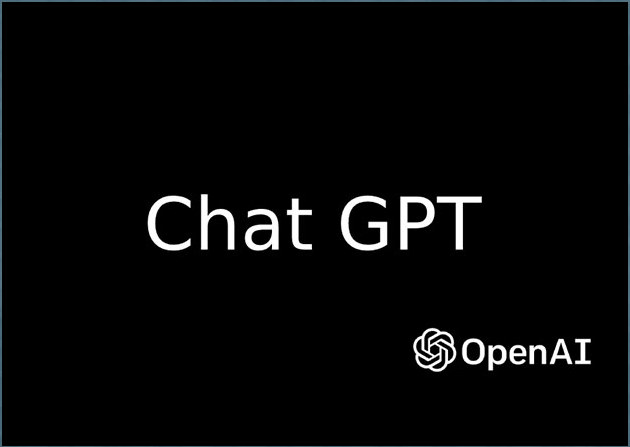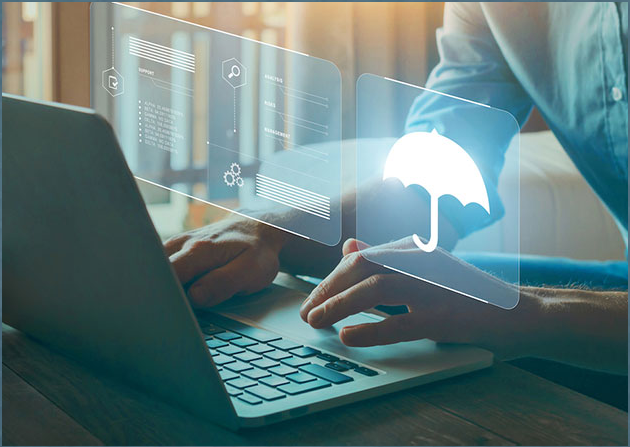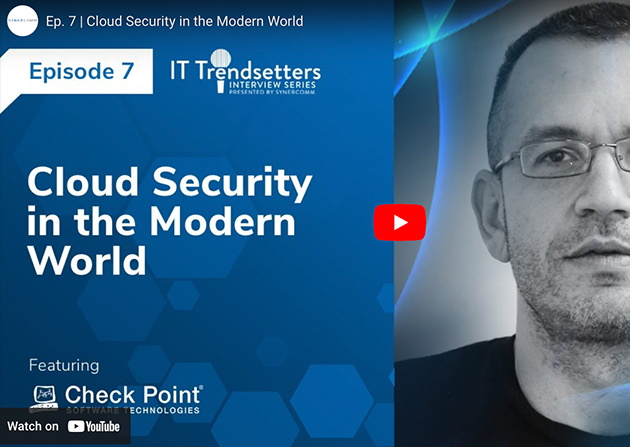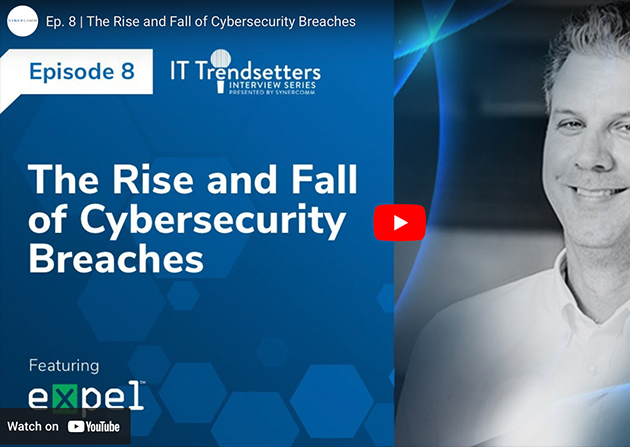SynerComm's marketing team likes to ask our pentesters for help with their messaging. Like all good hackers, we adapt, automate and improve. So, when we asked our team for some helpful marketing...

Insights From Cybersecurity Experts

SynerComm's marketing team likes to ask our pentesters for help with their messaging. Like all good hackers, we adapt, automate and improve. So, when we asked our team for some helpful marketing...

In boxing, the attributes that make up a champion are universally understood. A swift jab, a bone-crunching cross, and agile footwork are all important. However, true champions like Robinson, Ali,...

Consolidating data centers, increased business agility and reduced IT system costs are a few of the benefits associated with migrating to the cloud. Add to these improved security and it makes a...

Having access to data on a network, whether it’s moving or static, is the key to operational efficiency and network security. This may seem obvious, yet the way many tech stacks are set up is to...

When US based companies are expanding and setting up offices in foreign countries, or they’re already established but need to do a systems upgrade, there are two primary options available. The...

SynerComm's Continuous Attack Surface Management (CASM Engine®) and Continuous Penetration Testing was named a top-five finalist in the Best Vulnerability Management Solution category for the 2022...

I can remember it like it was yesterday... Casey, Hans, Jason, Scott, Sam, Bill and I were slowly destroying my hotel suite at Circle City Con while trying to win the 2015 CTF. (We took 2nd place...

Back in 1999, the Gramm-Leach-Bliley Act was passed in the United States. Its main purpose was to allow banks to offer services that previously were forbidden by laws passed even farther back in...

SynerComm and ChannelBytes hosted an engaging virtual discussion with Check Point, touching on topics ranging from “Innovative ways Check Point is tackling cloud security issues” to “How does...

SynerComm and ChannelBytes hosted an engaging virtual discussion with Expel, touching on topics ranging from “Advancements from SIM technology” to “Email phishing and the cybersecurity...